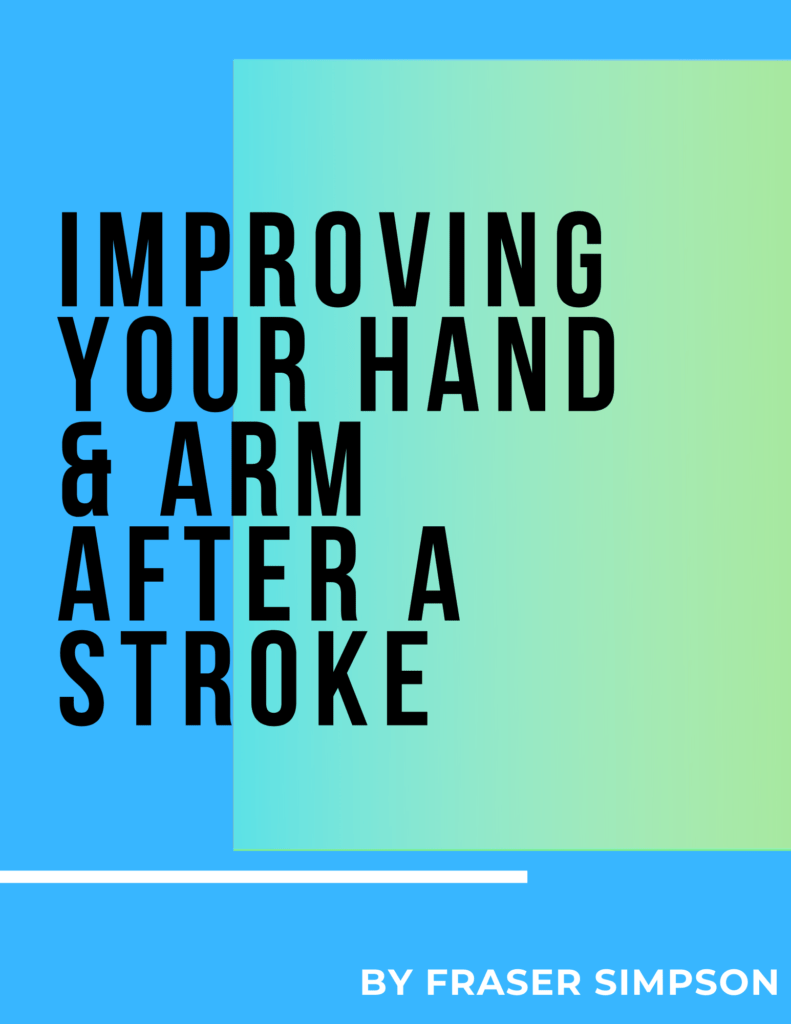Living with Parkinson’s: 5 Common Questions Answered with Expert Insight
At Simpson Physiotherapy, we often meet people who are living with Parkinson’s or caring for someone who is, and they come to us with questions. Real questions, thoughtful ones, often asked quietly and sometimes with worry. And the truth is, we welcome every single one of them.
Because when it comes to Parkinson’s, understanding the condition—and knowing how to respond to it day by day—can make a remarkable difference.
In this blog, we’ll address five of the most common questions we hear in the clinic, with answers rooted in experience, honesty, and a deep belief in what’s possible. We’ll also share practical advice on how you can support your movement, balance, and confidence, especially around walking.
1. “Is it too late to benefit from physiotherapy if I’ve had Parkinson’s for years?â€
Not at all. This is one of the most common (and most important) questions we hear.
Parkinson’s is a progressive condition, yes—but that doesn’t mean you can’t make positive changes, even if you’ve been living with it for some time. In fact, physiotherapy becomes even more valuable as time goes on, particularly when walking becomes more effortful or balance begins to feel uncertain.
Specialist physiotherapy tailored to Parkinson’s focuses on promoting stability, confidence, and strength. It can help you:
- Maintain or regain walking ability
- Reduce your risk of falls
- Improve posture and mobility
- Increase energy and confidence in everyday life
No matter where you are in your Parkinson’s journey, there is always something that can be improved, enhanced, or preserved.
2. “Why is walking harder now?â€
It’s a question many people ask quietly, often after realising they’re taking shorter steps or feeling more hesitant when out and about.
Parkinson’s affects the brain’s ability to send smooth, coordinated messages to the muscles. This often leads to what we call gait changes: reduced stride length, slower pace, a tendency to shuffle, and a stooped posture.
Some people also experience freezing episodes (brief moments where the feet feel “stuck”), especially when turning or stepping through doorways.
The good news? With the right physiotherapy programme, walking can improve. We use specific exercises to help:
- Increase stride length and rhythm
- Strengthen muscles that support balance and upright posture
- Improve step quality and confidence
We also help you build strategies to manage freezing and reduce the worry it can bring.
3. “Can walking really improve my condition?â€
This is such a powerful question, and the short answer is: walking doesn’t cure Parkinson’s, but it can significantly improve how you live with it.
Walking regularly—especially with proper technique and purpose—is a form of neuro-active movement. It activates the brain, strengthens key muscle groups, and helps regulate balance and coordination. It also boosts confidence, independence, and quality of life.
At Simpson Physiotherapy, we often recommend walking routines that include variations such as:
- Heel-to-toe walking (to challenge balance and posture)
- Marching in place (to improve step height and rhythm)
- Side-stepping (to strengthen hips and increase side-to-side control)
These are simple but highly effective ways to re-train your brain and body. And with consistency, they can absolutely enhance how you walk, move, and feel.
4. “What if I’m afraid of falling?â€
This is a very real concern for many people, and understandably so. A fall can knock more than just physical confidence—it can create fear, hesitation, and in some cases, social withdrawal.
But here’s the thing: fear of falling doesn’t need to stop you from walking.
The right kind of physiotherapy helps you build both physical and psychological strength. Our approach includes:
- Balance retraining in safe, supported environments
- Strengthening exercises to stabilise joints and muscles
- Personalised strategies to reduce fall risk around the home
We often work with clients to gradually rebuild trust in their bodies, starting small and expanding into greater confidence. Often, people feel safer simply knowing they have someone to call, guide them, and adapt their plan as needed.
5. “What support is available beyond the clinic?â€
We know that real life doesn’t happen just in clinic rooms. That’s why our support extends into everyday life.
In addition to in-clinic sessions, we offer in-home visits for those who find travel difficult or would feel more comfortable working within their own environment. These visits allow us to:
- Assess home layouts for fall hazards
- Adapt walking routines to real-life spaces
- Practise mobility tasks like stairs, doorways, and getting in/out of chairs
We also offer guidance for carers, families, and partners who want to support a loved one living with Parkinson’s.
No matter what your goals are—feeling steadier, walking to the local shop again, or just getting through the day with more ease—we’ll meet you where you are.
Final Thoughts: There Is Always a Way Forward
Parkinson’s might bring complexity, but it doesn’t remove the potential for progress. Whether you’re at the beginning of your diagnosis or have been managing it for years, there are always ways to move forward with more confidence.
If you’ve been wondering where to begin, or you simply want to ask your own questions in a safe and understanding space, we’d love to speak with you.
📞 Book your FREE telephone consultation today to find out how we can support your walking, balance, and confidence. 👉 simpsonphysio.co.uk/phone-consult
Prefer support at home? Ask us about our in-home visits across Glasgow and the surrounding area. These are tailored, one-to-one sessions to help you feel more confident where it matters most.
Let’s take the next step forward — together.



